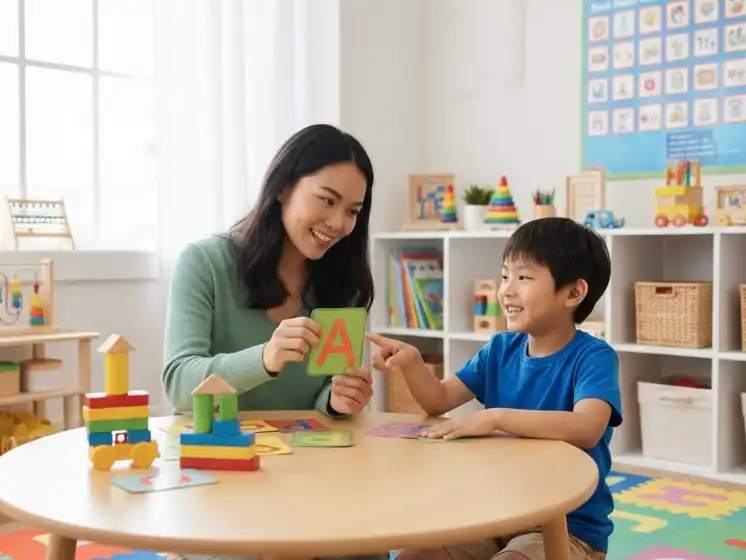
ABA is not only for children with autism. Many neurotypical children also benefit from ABA strategies, especially when they face challenges in areas such as:
Our approach focuses on understanding the “why” behind behaviours and teaching healthier, more functional alternatives that fit naturally into family life.
We work closely with families to address these specific behavioural needs in ways that are practical and sustainable, ensuring both the individual and their family are supported through this important developmental period.
Some key factors include:
What adults sometimes describe as “naughty” is often a child experimenting with boundaries or responding to the immediate social rules they have learned at home or in their environment. With consistent expectations, many children can adjust their behavior.
In contrast, children with underlying regulation difficulties often struggle to control their responses even when they understand the expectations. Their reactions may be more intense, longer-lasting, or harder to redirect. These children benefit from explicit teaching, structured strategies, and consistent support to manage emotions, transitions, and social demands effectively.
If tantrums happen daily, last longer than 15–20 minutes, involve aggression, or make it difficult for your child to function at home or in school, it may be time to seek structured support.
ABA can help children learn coping strategies and replacement behaviours that are safer and more effective.
ABA uses a systematic approach:
The goal is not just to reduce challenging behaviour but to increase independence, flexibility, and confidence.
Every child is different. Some families notice small improvements within a few weeks, such as smoother transitions or fewer meltdowns. More significant changes usually develop over a few months with consistent practice at home and school.
The key is consistency across environments. When therapists, parents, and teachers use the same strategies, progress happens faster.
Led by experienced clinicians using positive ABA and other proven approaches, always grounded in respect and care.
Aim-to-fade design equips families with strategies they can use confidently without long-term reliance on therapy.
Strategies are introduced with real-life contexts in mind, ensuring skills transfer seamlessly to home, school, and social environments.
Integrated with areas such as social skills, executive functioning, and daily routines, while partnering with schools and families to create consistent supports.
Disclaimer: This article is for informational purposes only and should not replace professional medical advice. If you have concerns about your child’s development, please consult with a qualified healthcare professional for proper assessment and guidance.
Book a free discovery call with us